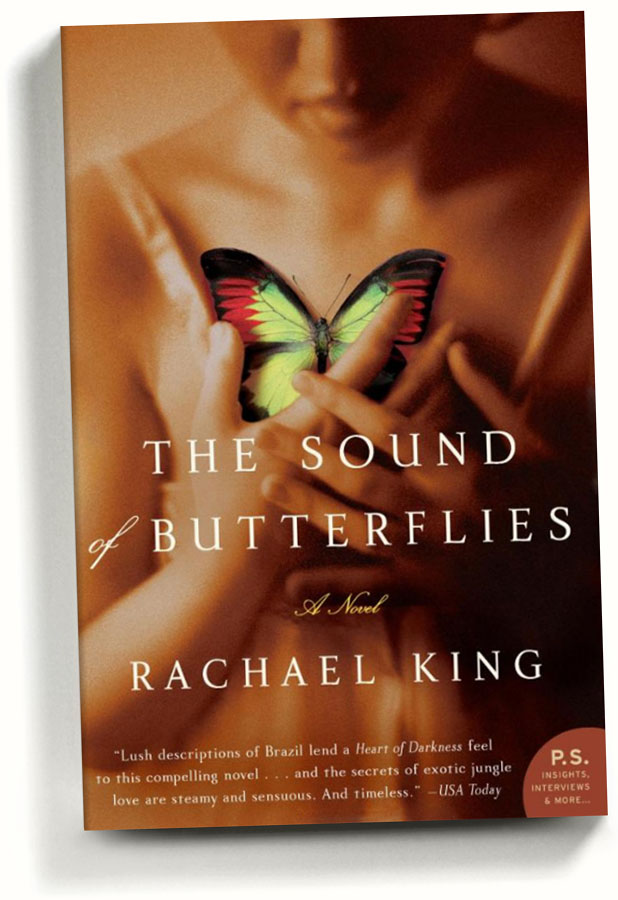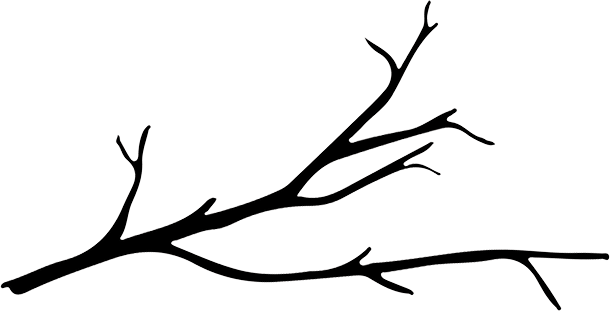In 1904, the young lepidopterist Thomas Edgar arrives home from a collecting expedition in the Amazon. His wife Sophie is unprepared for his emaciated state, and even worse, his inability – or unwillingness – to speak.
Sophie’s genteel and demure life in Edwardian England contrasts starkly with the decadence of Brazil’s rubber boom, as the story of Thomas’s journey through the Amazon, and his search for a mythical butterfly, unfolds. Up the river, via the opulent city of Manaus – where the inhabitants feed their horses champagne and aspire to all things European – Thomas encounters beauty, brutality, corruption, and the limits of his own mental and moral strength.
Back home, unable to break through Thomas’s silence, Sophie is forced to take increasingly drastic measures to discover what has happened. But as she scavenges what she can from Thomas’s diaries and boxes of exquisite butterflies, it’s unclear whether or not their marriage will be able to survive what he has been keeping from her.








